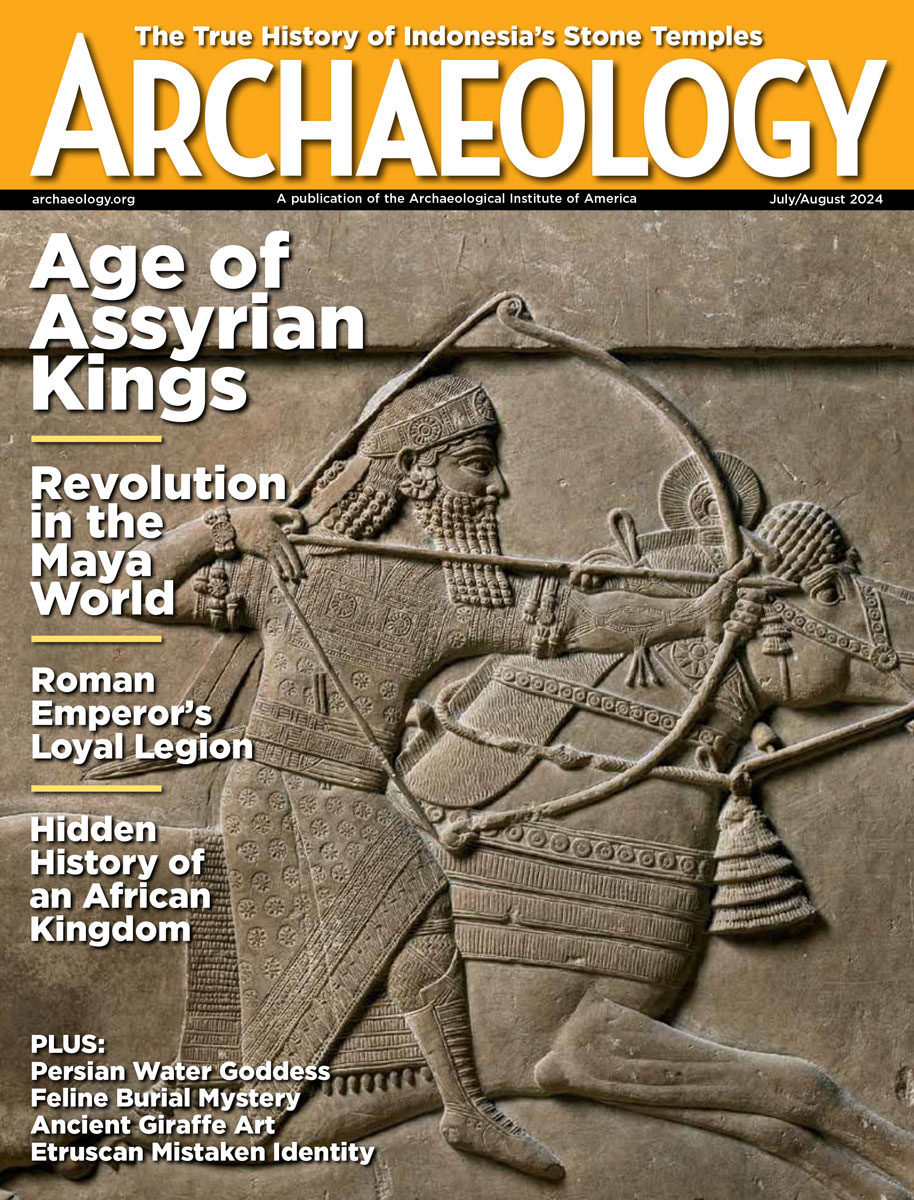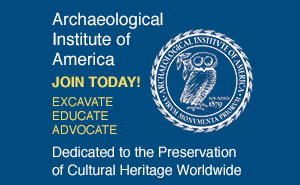Monday, February 16
February 16, 2009
Mysterious finds of human bones? Unsolved cases? If you are in Connecticut, state archaeologist Nicholas Bellantoni may be your man.
Interesting article about the history of the Museum of New Mexico, which was founded a century ago this week.
One of many stories out today about the loss of archaeological remains to illegal metal detectorists known as “nighthawks.”
Here’s the national survey from the UK revealing that the threat to heritage posed by illegal metal detecting is high but “arrest or prosecution remains at an all time low and penalties are woefully insufficient.â€
A new novel, Land of Marvels, by Booker Prize winner Barry Unsworth, involves “a mix of patriots and capitalists and scholars and natives, with motives noble and base and sometimes a bit of both†in Iraq during the World War I era.
A look at the remains of a 12th-century watermill, one of the earliest ever found, discovered at Greenwich Wharf as developers prepared the way for a new building.
A brief note about the discovery of an ancient monolithic temple at Ardhnarishwar by the Archaeological Survey of India.
This update of the recent mummy find in Egypt adds new details.
- Comments Off on Monday, February 16
Friday, February 13
February 13, 2009
Here’s more information on the rough draft of the Neanderthal genome made by Svante Paabo of the Max Planck Institute for Evolutionary Anthropology in Germany. He wants to know if earlier human genes were passed on to Neanderthals, and if the Neanderthal genome, when compared with what is known about modern human and chimpanzee DNA, could help pinpoint what makes modern humans unique. “What they’ve shown is it’s possible to get that much data from this old, crummy sample,” adds geneticist Tom Gilbert, of the University of Copenhagen.  Listen to snippets from Paabo’s press conference at National Public Radio.Â
A small figurine of Egypt’s King Tut has reportedly been unearthed in northern Iraq by a Kurdish archaeological expedition, at a site known to locals as “Pharaoh’s Castle.” The region was once part of the ancient kingdom of Mittani. Â
“This time I mean it very seriously,” Zahi Hawass, chief of Egypt’s department of antiquities, reportedly said on a German radio station. Hawass has asked for the return of the bust of Nefertiti in the past, but a newly revealed 1924 document, which suggests that German archaeologist Ludwig Borchardt was not up front with Egyptian authorities about his discovery, has renewed Hawass’ quest. Â
Remnants of a Maori village were found near during the construction of an office building in New Zealand. “I expect there was a much larger site here before the building went in,” said archaeologist Ivan Bruce. “A large part of the jigsaw puzzle has been chucked away.” Â
The bacterial disease known as “the Black Death” can be identified in ancient human remains with a quick “dipstick test” to the bones and teeth. The test was recently used to confirm that French nuns and priests died of the plague that also killed the people they served in the early seventeenth century.
- Comments Off on Friday, February 13









